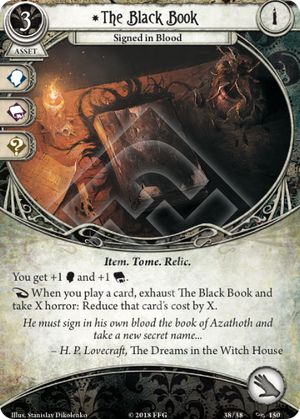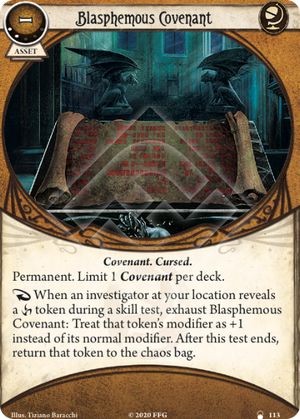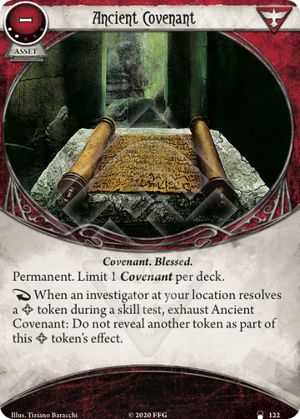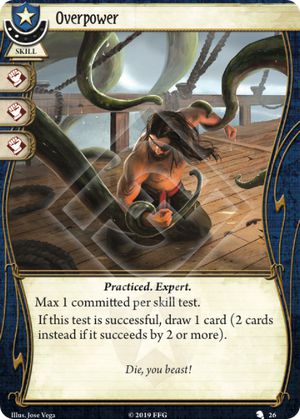
I haven't seen many reviews for story assets so I figure I'd throw in my two cents here. I'm currently playing through The Circle Undone for the first time in my group using Carolyn Fern. While I can't speak to how good it is on other characters, I would like to point out the following interaction I had in my build:
Stick to the Plan, Ever Vigilant, The Black Book
Y'all. Ever Vigilant tells you to play the cards one at a time, meaning with the nut opener you can drop Black Book first, then just sink a ton of horror into the next asset you play using the ability. And then you get to repeat it each turn.
While playing as Carolyn, the built in resource generation from healing horror - and the fact that, of course, you'll be healing horror - means that the chances you actually die from using the ability is slim to none. And you'll still be able to afford other expensive cards sooner rather than later. And the stats that it gives are great for the campaign. I didn't believe anyone when they said you'd need for TCU, but yes, you absolutely do.
And look at those ICONS! Wow! It seems too good to be true.
TL;DR this is amazing if you're playing Carolyn Fern - definitely pick it up. Addendum: we aren't done yet so if you get massively destroyed for taking it in the campaign I'm sorry, I didn't know...




